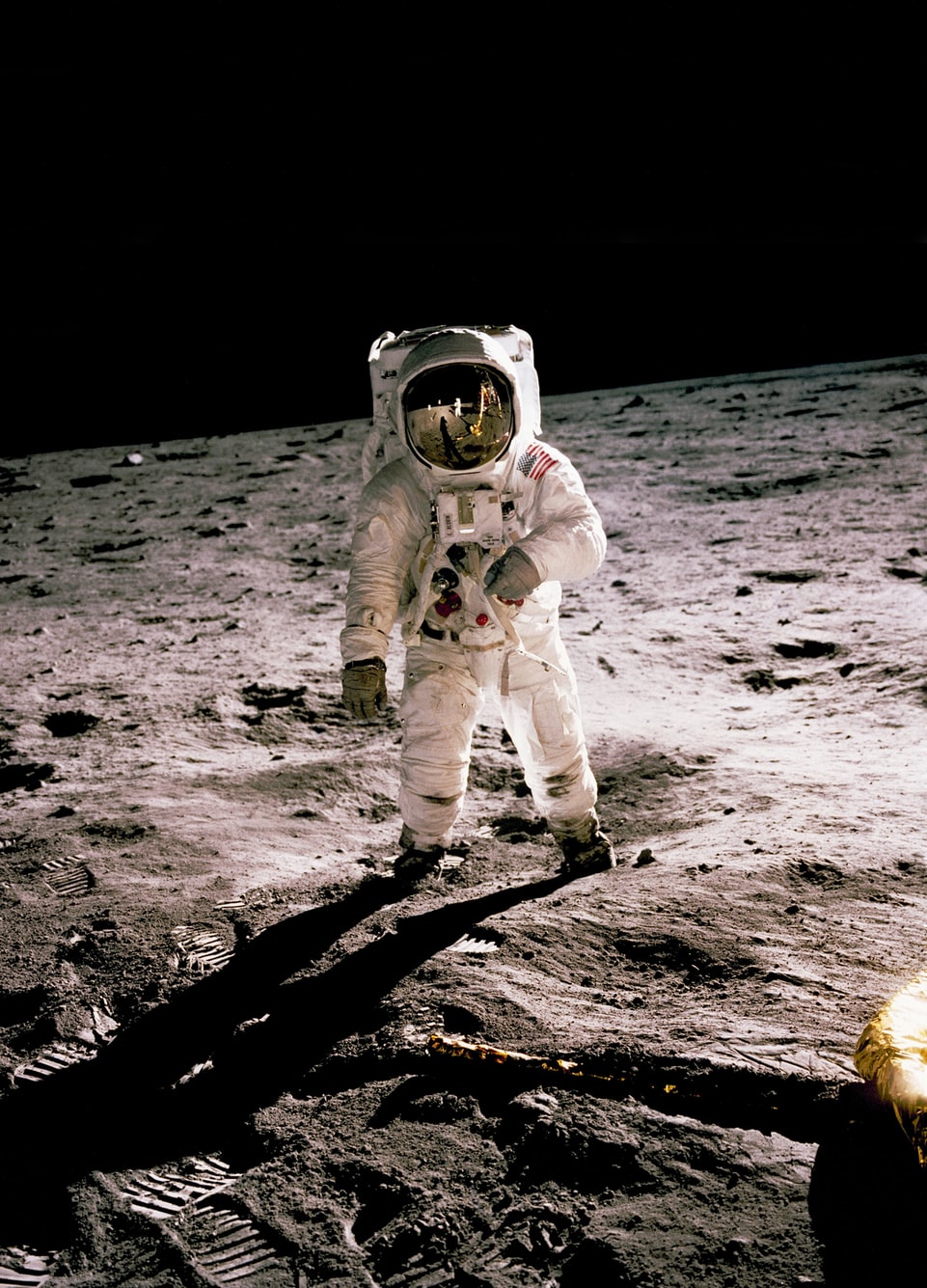
Sci&Tech Editor Ellen Heimpel reports on an historic moment in spaceflight history, how it happened, and the future for women in space
On Friday 18th of October two women walked into space unaccompanied by a man for the first time in history. The two NASA astronauts Christiana Koch and Jessica Meir set off on a spacewalk to fix a broken part of the stations solar power network. This mission to replace a battery unit made history as the first of 227 spacewalks since the first in 1965 to only include women.
“NASA had already planned the… spacewalk to take place in March, however this had to be cancelled due to a lack of small enough space suits
NASA had already planned the first all-female spacewalk to take place in March, however this had to be cancelled due to a lack of small enough space suits. The mission was supposed to include Christiana Koch and fellow astronaut Anne McClain. McClain had originally thought to wear a large space suit but decided that medium would be a better fit. Unfortunately, there was only one medium sized space suit available, so Koch had to complete the mission with another, male astronaut. This mission was therefore scrapped for safety reasons. Spacesuit malfunctions can be serious. There have been a total of 27 significant malfunctions, none of which have been fatal, but some have had the potential to be.
However, the question arises, why was there not a second medium space suit to begin with? The spacesuits being used today on the international space station are the same as when it first was built. Originally space suits were made small, medium, large and extra-large. To cut costs small and extra- large were scrapped. Extra-large was brought back due to demand from male astronauts, however the small female size was not brought back.
The first women to go to space was the soviet cosmonaut Valentina Tereshkova in 1963. NASA did not send a woman into space until Sally Ride 20 years later. Sally was famously asked if 100-200 tampons would be enough for a one-week mission. She was also asked by the media if she would be taking make-up with her and if she cried when anything went wrong with flight simulator. Christiana Koch reflects on the history of women in space saying, ‘In the past women haven’t always been at the table’. Hopefully this first all-female spacewalk represents a new era for women in space.
“It has even been proposed… that it would actually be more cost-effective to send female-only crews into space
In fact, it has even been proposed by some that it would actually be more cost-effective to send female-only crews into space. This is because on average women weigh less than men. It costs on average about $20,000 to put 1kg into space, therefore sending a lighter crew would be a lot cheaper. Additionally, an all-female crew would typically need less of the food, oxygen and other resources necessary to keep them alive. On average males require 15-25% more energy per day then women. Also, it cannot be denied that if ever a space mission is needed to start life on another planet women will be crucial- whereas tubes of sperm will do in the place of males.
Recently research has been taking place into how space will affect women’s bodies in different ways to males. Dr Varsha Jain, a space gynaecologist, reports that overall, they are affected in similar ways, however there are some differences. Women are more likely to feel sick going into space, whereas men are more likely to feel it coming back. Additionally, when men return to Earth, they often have problems with their vision and hearing, this is not seen in women. Research is also being conducted on the effects of space travel to women’s fertility. No negative effects have been found yet, however sperm quality and count decreases after space travel. This regenerates when back on Earth, so no long-term damage is seen. Women, however, are born with all the eggs they need for the lifetime, so could potentially be permanently affected – NASA is therefore supportive of egg freezing before missions. More research is needed, however the fact that it is even taking place is a step forward for women in space-travel.
Comments